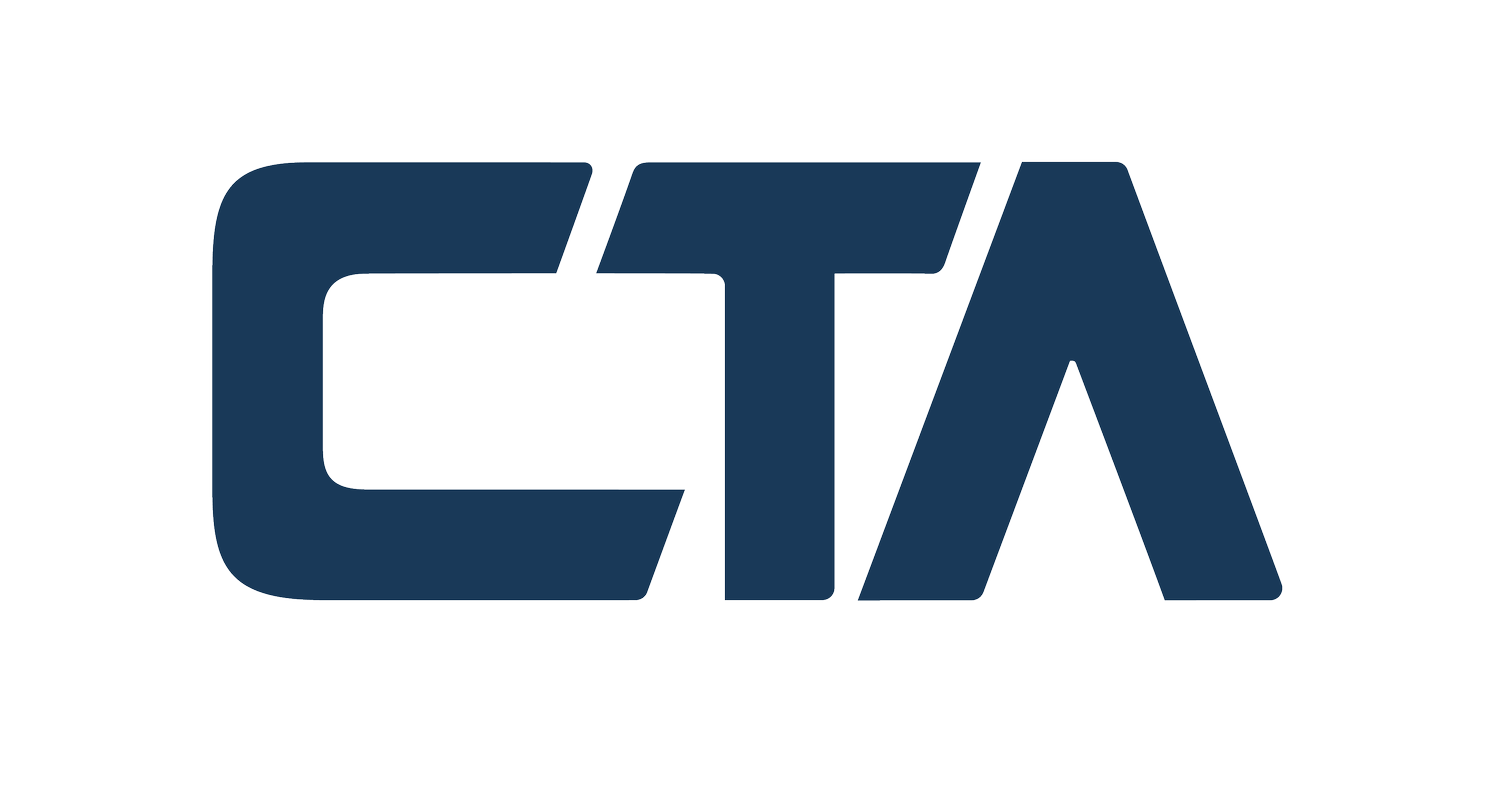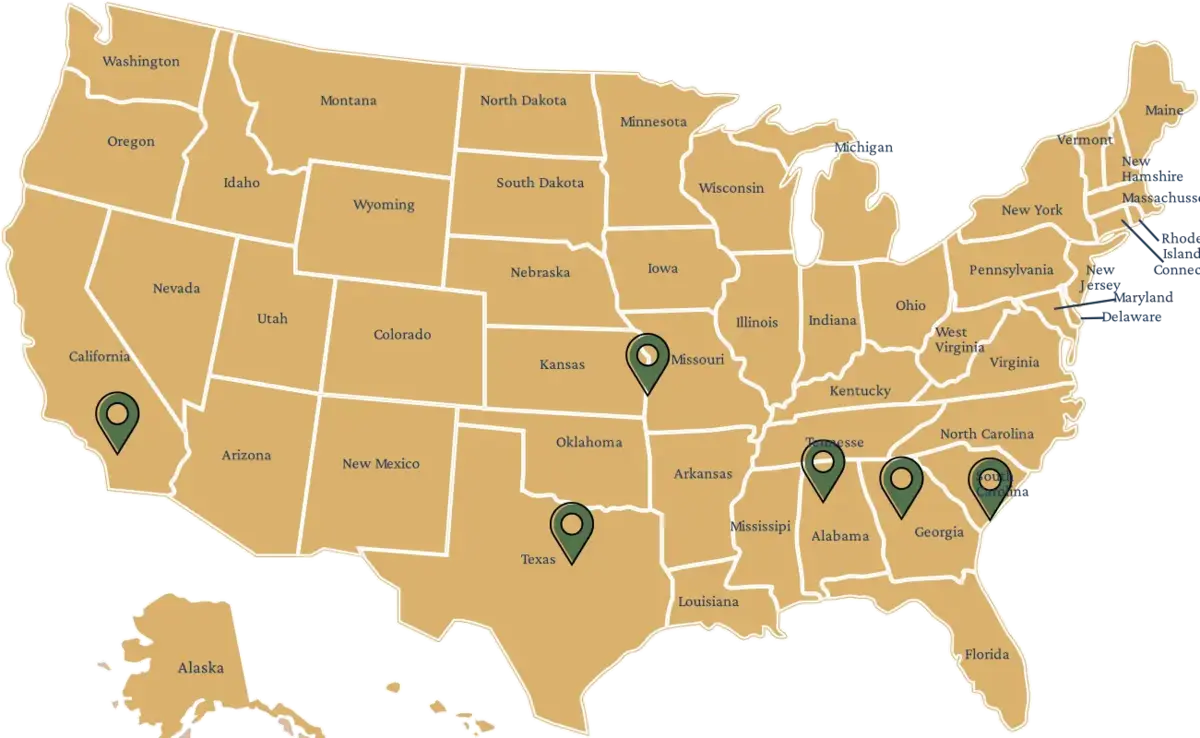We provide initial consultations to both CPA’s and their clients on R&D Tax Credit matters free of charge.
The Research and Development R&D Tax Credit is a significant financial tool for businesses engaged in innovative activities. It offers a way to reduce tax liabilities for companies that invest in research and development. Understanding the R&D Tax Credit Four Part Test is crucial for businesses aiming to leverage this opportunity. This article delves into the intricacies of the Four Part Test, using insights from Corporate Tax Advisors, a leader in tax advisory services.
The Essence of the R&D Tax Credit
Before diving into the Four Part Test, it’s essential to grasp what the R&D Tax Credit is. It’s a government incentive designed to encourage companies to invest in innovation. This credit can significantly reduce a company’s tax bill or, in some cases, result in a refund. The credit is not limited to traditional research sectors like pharmaceuticals or technology; it extends to any business undertaking development or improvement of products, processes, or software.
The Four Part Test
For the first part of our R&D Tax Credit Study, we have to be aware that the IRS applies a stringent Four Part Test to determine a company’s eligibility for the R&D Tax Credit. This test ensures that only genuine research activities qualify for the credit.
1. Elimination of Uncertainty
The first criterion, as outlined in R&D Tax Credit Calculation article , is the elimination of uncertainty. This means that the activity must aim to discover information that eliminates uncertainty about the development or improvement of a product or process. The uncertainty can be related to capability, method, or design.
2. Process of Experimentation
The second part of the test involves a process of experimentation. Companies must demonstrate that they have engaged in a systematic process aimed at evaluating one or more alternatives to achieve a desired result. This process can include modeling, simulation, systematic trial and error, or other methods.
3. Technological in Nature
The third criterion requires that the research must be technological in nature. The activities should fundamentally rely on principles of physical or biological science, engineering, or computer science. This criterion ensures that the credit is not applied to activities based on social sciences, arts, or humanities.
4. Qualified Purpose (The Business Component Test)
Finally, the fourth part, known as the Business Component Test, requires that the research must relate to a new or improved business component’s functionality, performance, reliability, or quality. As detailed on our website, this means the research must have a specific goal in improving business components like products, processes, software, techniques, formulas, or inventions.
Documenting Compliance with the Four Part Test
Proper documentation is critical in substantiating a claim. Companies must maintain detailed records that demonstrate how their activities meet each of the four criteria. This documentation can include project lists, project notes, design documents, trial results, and other relevant materials.
Common Misconceptions
Many businesses mistakenly believe that the credit only applies to groundbreaking research or that it’s too complex to pursue but keep in mind the requirements of the R&D Tax Credit Four Part Test. If you meet those qualifications, you qualify.
The credit is accessible to a wide range of industries and activities, and with proper guidance, companies can effectively navigate the claim process.
Case Studies and Examples
Real-world examples can provide valuable insights into how the credit is applied. Corporate Tax Advisors offer case studies that showcase various scenarios where businesses successfully claimed the credit, highlighting the diversity of industries and activities that qualify.
Conclusion
The R&D Tax Credit offers a valuable opportunity for businesses engaged in innovative activities. Understanding and meeting the Four Part Test is crucial for maximizing this benefit. With the right approach and expert guidance, such as that provided by Corporate Tax Advisors, companies can effectively leverage this incentive to support their research and development efforts.
For more detailed information and assistance in evaluating your eligibility for the R&D Tax Credit, visit Corporate Tax Advisors.








